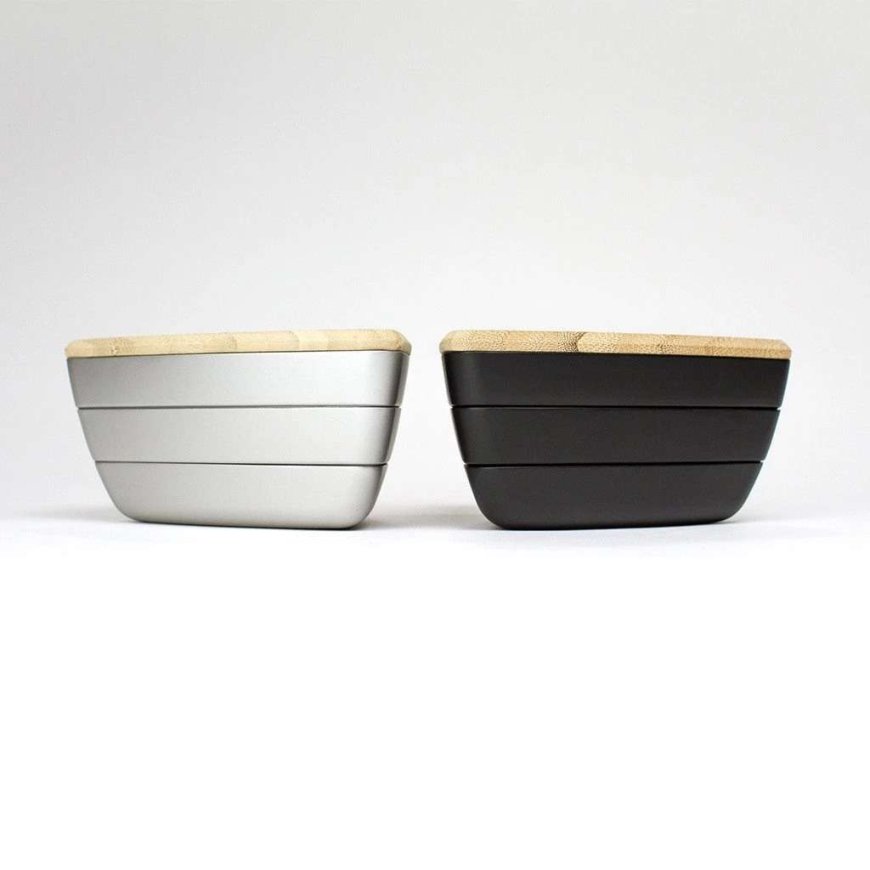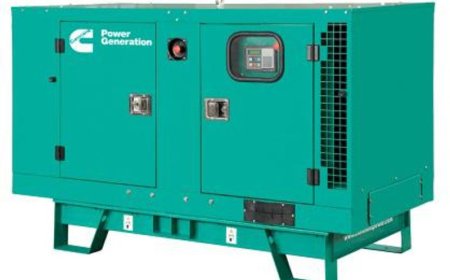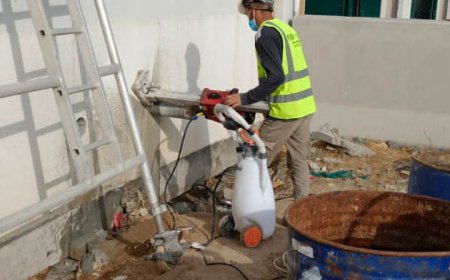Coffee Sample Sieves for Bean Grading

Introduction
In the world of specialty coffee, consistency is currency. Every stage of the processfarming, processing, roasting, and brewingrelies on an accurate understanding of the coffees physical and sensory qualities. Before flavor, aroma, and roast development even come into play, coffee must first be assessed in its green form. Thats wherecoffee sample sieves become indispensable.
Coffee sample sieves are tools used in coffee labs, cupping stations, and quality control centers to grade green coffee beans based on size. These sieves help separate beans into uniform size categories, making it easier to detect inconsistencies, defects, or issues that may affect the quality and roasting behavior of the coffee. For importers, exporters, roasters, and producers alike, understanding the size distribution of a lot is a critical step in quality evaluation.
In this article, we will explore the purpose and function of coffee sample sieves, how theyre used in cupping labs, why they matter for consistent roasting, and how Coffee Pro Direct supports the industry with precision-engineered sieving solutions. Whether you're preparing samples for grading, optimizing roast profiles, or setting quality benchmarks, coffee sample sieves are an essential part of your lab toolkit.
What Are Coffee Sample Sieves?
Coffee sample sieves are round metal or plastic frames with mesh or perforated screens of specific sizes used to sort green coffee beans. Each sieve corresponds to a particular screen size measured in 64ths of an inchfor example, a screen 18 sieve has holes that are 18/64 of an inch in diameter.
Sieving allows quality control professionals to separate beans into various size categories to evaluate uniformity. This helps detect bean defects such as underdeveloped or oversized beans, foreign matter, or uneven processing, which can directly influence roasting and cupping outcomes.
Common sieve sizes in coffee evaluation include:
-
Screen 1314: Small beans, often peaberries or underdeveloped
-
Screen 1516: Standard mid-sized beans
-
Screen 1718: Specialty grade sizes
-
Screen 19+: Large beans, common in certain origins
The more uniform the bean size, the more evenly the coffee will roast, leading to better flavor development and consistency across batches.
The Role of Sieves in Coffee Quality Control
Coffee grading is a multi-step process that includes visual, physical, and sensory evaluation. Sample sieving plays a key role in this process, particularly when inspecting large lots for export, arrival, or quality assurance.
Here's why sieving is essential in quality control:
-
Ensures Consistent Roast Behavior: Beans of similar size roast at similar rates
-
Identifies Defects: Mixed sizes often signal improper processing or harvesting
-
Improves Cupping Accuracy: Size uniformity helps eliminate roast-related flavor discrepancies
-
Supports Grading Standards: Most specialty certifications require certain screen sizes
-
Tracks Origin Profiles: Bean size can be indicative of variety, altitude, or region
Grading green coffee based on bean size allows professionals to anticipate how it will perform in the roaster and on the cupping table.
How Coffee Sample Sieves Work
The operation of coffee sample sieves is straightforward yet effective. It involves placing a sample of green coffee into a stack of sieves arranged from largest to smallest. The stack is then shaken, either manually or using a mechanical shaker, to allow beans to pass through the sieves until they reach one that matches their size.
Step-by-Step Sieving Process:
-
Prepare a Green Coffee Sample: Typically 100250 grams
-
Stack Sieves: Place coarser sieves at the top, finer ones below
-
Place Sample in Top Sieve: Pour evenly across the screen
-
Shake for 12 Minutes: Use a steady motion or a mechanical shaker
-
Weigh and Record Each Fraction: Measure the amount in each screen size
-
Analyze Results: Determine bean distribution and calculate percentage per size
The result is a size profile of the coffee lot, which can be compared against standards or previous samples to evaluate quality and consistency.
Types of Coffee Sample Sieves
Coffee sample sieves come in various materials and designs depending on use case, budget, and lab preference.
1. Stainless Steel Sieves
The most durable and lab-grade option. Designed for long-term, high-volume use.
-
Pros: Long lifespan, precision holes, easy to clean
-
Best for: Export labs, professional QC facilities
2. Plastic Sieves
Lightweight and cost-effective alternative to metal sieves.
-
Pros: Affordable, portable
-
Best for: Training labs, fieldwork, or mobile operations
3. Perforated Plate Sieves
Use punched metal plates instead of wire mesh. Offer accurate sizing for coffee bean grading.
-
Pros: Easier to clean, no mesh warping
-
Best for: Specialty labs focusing on strict grading
4. Sieve Sets with Shaker Units
Advanced kits include a mechanical shaker that automates the process, ensuring consistent shaking and repeatable results.
-
Pros: Standardized output, saves time
-
Best for: High-throughput environments, export/import warehouses
Key Features to Look for in Sample Sieves
Choosing the right sieve set means looking beyond just size range. Consider these features:
-
Precision Engineering: Uniform hole sizes to ensure accuracy
-
Screen Range: Common sizes include 12 to 20 (in 64ths of an inch)
-
Sturdy Frames: Especially important for repeated shaking
-
Interlocking Design: Prevents slipping during use
-
Clear Labeling: Engraved or stamped sizes for easy identification
-
Stackability: Efficient storage and setup in labs
-
Compatibility: Fit with standard shaker units, if applicable
Benefits of Using Coffee Sample Sieves
Professionals across the supply chain benefit from using sample sieves as part of their QC workflow.
-
Accurate Quality Assessment: Detect irregularities early
-
Better Roasting Consistency: Uniform beans roast evenly
-
Supports Certification Requirements: Essential for SCA and export standards
-
Improves Lab Efficiency: Faster, more consistent sampling
-
Enables Lot Comparisons: Track consistency over time or across harvests
Used correctly, sieves offer valuable data that directly influences buying decisions, processing methods, and roast strategy.
Where Sieves Fit Into the Coffee Workflow
Coffee sample sieves are used at key points in the supply chain:
1. Export Grading Labs
Before shipping green coffee, exporters sieve samples to verify screen size distribution and meet contract specs.
2. Import Warehouses
Importers analyze arrivals to ensure the beans match pre-shipment expectations and are defect-free.
3. Roaster QC Labs
Roasters use sieves to inspect incoming beans, confirm sizing uniformity, and prepare samples for profile roasting.
4. Training Centers
Sieving exercises teach students how bean size affects roasting and flavor development.
5. Specialty Coffee Competitions
Judges use sieves to confirm that competition coffees meet required standards.
Why Choose Coffee Pro Direct?
Coffee Pro Direct is a trusted supplier of professional coffee equipment used by quality labs, cupping stations, and export facilities around the world. Our coffee sample sieves are engineered with precision and built to last.
Heres why Coffee Pro Direct is the first choice for coffee professionals:
-
Lab-Tested Precision: Our sieves are manufactured to strict tolerances for accurate results
-
Full Sieve Sets Available: Choose from full-screen ranges (sizes 1220) for complete analysis
-
Durable Materials: Stainless steel and premium plastics ensure long service life
-
Modular Design: Easily stack and store sieves for fast workflow
-
Global Reach: Used by roasters, cooperatives, and certifying bodies worldwide
-
Complete Lab Solutions: Integrates seamlessly with other Coffee Pro Direct QC tools like grinders, triers, trays, and moisture meters
When you choose Coffee Pro Direct, you're investing in accuracy, consistency, and reliability.
Best Practices for Coffee Sieving
To make the most of your sieve set and ensure accurate results:
-
Always clean sieves before and after use to prevent contamination
-
Shake consistentlywhether manually or with a shaker
-
Label samples clearly with date, origin, and lot number
-
Use consistent sample sizes (e.g., 100g per test)
-
Document and compare results across shipments or seasons
-
Inspect for damaged or warped sieves, which can skew data
A well-maintained set of sieves delivers professional results every time, building trust across your coffee supply chain.
Conclusion
In specialty coffee, where every detail matters, the physical characteristics of green beans can be as influential as their flavor. The coffee sample sieve is a tool that allows roasters, traders, and graders to quantify these physical traits with precision and consistency. Its the foundation of grading, the basis for roast development, and the first step in many quality control protocols.
By providing reliable data on bean size distribution, sieves enable professionals to predict roast behavior, prevent defects, and maintain consistency. They are indispensable tools for any operation that takes coffee seriouslyfrom farm to export warehouse, from cupping lab to roasters QC room.With Coffee Pro Direct, you get more than just a sieveyou get equipment built for precision, backed by a company committed to elevating the coffee industry.
FAQs
Q1: What does the screen number mean in sieves?
The screen number represents the diameter of the holes in 64ths of an inch. For example, a screen 18 sieve has holes that are 18/64 of an inch wide.
Q2: How many sieves do I need for accurate grading?
A typical grading set includes screens 12 through 20, but the most commonly used are sizes 1418, depending on your focus and region.
Q3: Can I use these sieves for roasted beans?
Coffee sample sieves are designed for green beans. Roasted beans are more fragile and can break during sieving, which affects accuracy.
Q4: Whats the best way to clean coffee sieves?
Brush off loose debris after use and occasionally wash with mild soap and warm water. Always dry thoroughly before storage to prevent rust or residue.
Q5: Why are Coffee Pro Direct sieves preferred?
Coffee Pro Direct offers precision-manufactured sieves made from durable materials, backed by expert support, and designed specifically for coffee grading professionals.








































